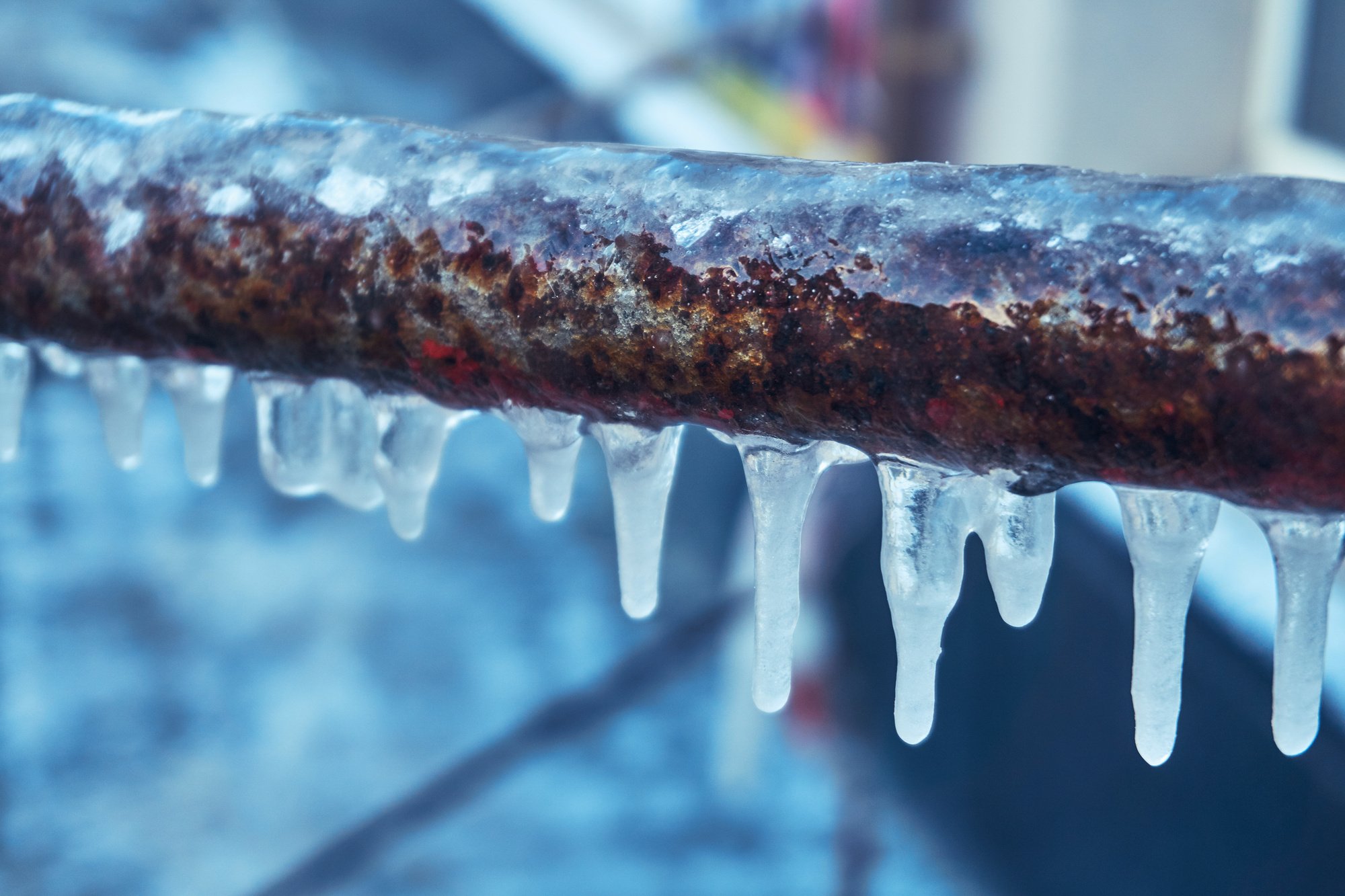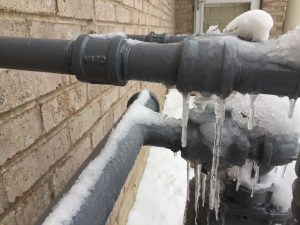How to Avoid Frozen Plumbing in Cold Weather: Professional Tips
How to Avoid Frozen Plumbing in Cold Weather: Professional Tips
Blog Article
The author is making a few good points related to Winter Plumbing Precautions: Preventing Frozen Pipes in general in the content which follows.

Cold weather can ruin your pipes, particularly by freezing pipes. Here's exactly how to avoid it from taking place and what to do if it does.
Intro
As temperature levels decline, the threat of icy pipelines rises, possibly leading to costly repairs and water damages. Recognizing just how to stop icy pipes is important for property owners in cold environments.
Avoidance Tips
Protecting prone pipelines
Wrap pipelines in insulation sleeves or make use of heat tape to secure them from freezing temperature levels. Focus on pipelines in unheated or external areas of the home.
Heating methods
Maintain indoor spaces sufficiently warmed, particularly areas with plumbing. Open up closet doors to enable cozy air to circulate around pipes under sinks.
Just how to recognize frozen pipes
Look for lowered water flow from taps, uncommon odors or noises from pipes, and noticeable frost on subjected pipelines.
Long-Term Solutions
Architectural modifications
Take into consideration rerouting pipes far from exterior walls or unheated locations. Add added insulation to attics, cellars, and crawl spaces.
Upgrading insulation
Purchase premium insulation for pipelines, attics, and walls. Correct insulation aids maintain consistent temperatures and reduces the risk of icy pipelines.
Shielding Exterior Pipes
Garden hose pipes and outdoor taps
Disconnect and drain pipes yard hose pipes prior to wintertime. Set up frost-proof faucets or cover outside faucets with protected caps.
Understanding Icy Pipes
What creates pipes to ice up?
Pipes ice up when exposed to temperature levels listed below 32 ° F (0 ° C) for prolonged durations. As water inside the pipes freezes, it increases, putting pressure on the pipeline wall surfaces and potentially triggering them to break.
Threats and problems
Icy pipelines can bring about water supply disruptions, building damages, and costly repair services. Burst pipes can flooding homes and trigger substantial structural damages.
Indications of Frozen Water Lines
Determining frozen pipelines early can prevent them from bursting.
What to Do If Your Pipelines Freeze
Immediate activities to take
If you think icy pipes, keep taps open to eliminate stress as the ice thaws. Utilize a hairdryer or towels soaked in warm water to thaw pipelines slowly.
Verdict
Protecting against icy pipelines needs positive procedures and quick feedbacks. By comprehending the causes, indicators, and preventive measures, home owners can secure their plumbing during winter.
6 Proven Ways to Prevent Frozen Pipes and Protect Your Home
Disconnect and Drain Garden Hoses
Before winter arrives, start by disconnecting your garden hoses and draining any remaining water. Close the shut-off valves that supply outdoor hose bibs and leave the outdoor faucet open to allow any residual water to drain. For extra protection, consider using faucet covers throughout the colder months. It’s also important to drain water from any sprinkler supply lines following the manufacturer’s directions.
Insulate Exposed Pipes
Insulating your pipes is an effective way to prevent freezing. Pipe insulation is readily available at home improvement stores and is relatively inexpensive. Pay close attention to pipes in unheated areas such as the attic, basement, crawl spaces, or garage. Apply foam insulation generously to create a buffer against the cold. You can also wrap your pipes in heat tape or thermostat-controlled heat cables for added warmth.
Seal Air Leaks
Inspect your home for any cracks or openings that could let in cold air. Seal any holes around the piping in interior or exterior walls, as well as the sill plates where your home rests on its foundation. Additionally, make sure to keep your garage door closed unless you’re entering or exiting. Leaving it open creates a significant air leak that can lead to frozen pipes.
Allow Warm Air Circulation
During cold snaps, it’s essential to allow warm air to circulate evenly throughout your home. Leave interior doors ajar to promote better airflow. Open kitchen and bathroom cabinets to help distribute heat consistently around the rooms. If you have small children or pets, be sure to remove any household chemicals or potentially harmful cleaners from open cabinets for safety.
Let Faucets Drip
A small trickle of water can make a big difference in preventing ice formation inside your pipes. When temperatures drop significantly, start a drip of water from all faucets served by exposed pipes. This continuous flow helps prevent the water from freezing. Additionally, running a few faucets slightly can relieve pressure inside the pipes, reducing the chances of a rupture if the water inside does freeze.
https://choateshvac.com/6-proven-ways-to-prevent-frozen-pipes-and-protect-your-home/

I'm just very fascinated by Prevent Frozen Pipes and I'm hoping you enjoyed reading the entire blog post. Those who liked our blog entry please consider to pass it around. We recognize the value of your readership.
Click Report this page